Your cart is currently empty!
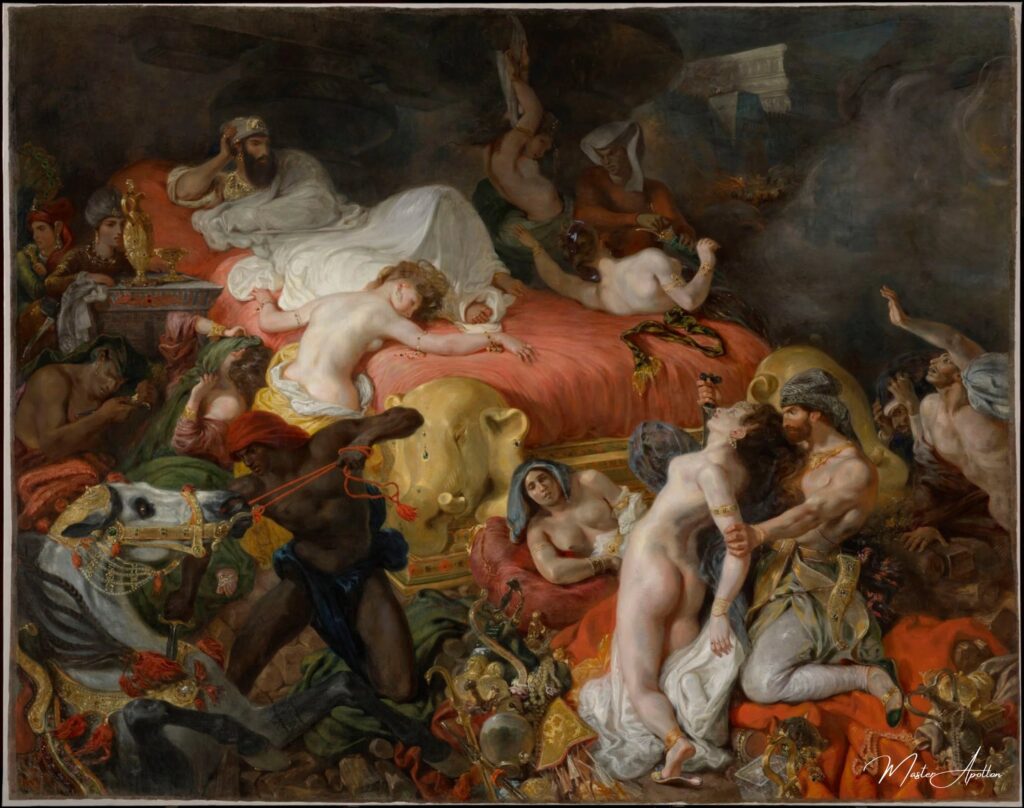
The Death of Sardanapalus – Eugène Delacroix
“The Death of Sardanapalus” by Eugène Delacroix is a masterpiece that captures the drama and emotion of the original artwork. Crafted with the highest quality materials and meticulous attention to detail, this reproduction exudes elegance and authenticity.
Every brushstroke and color in this reproduction has been faithfully recreated, ensuring that the essence of Delacroix’s vision is captur…
Eugène Delacroix’s “The Death of Sardanapalus” (1827): A Masterpiece of Romanticism
Eugène Delacroix’s “The Death of Sardanapalus,” painted in 1827, is an iconic representation of Romanticism, a movement that marked a departure from the strict conventions of Neoclassicism. The painting’s chaotic and dramatic scene, marked by intense color and emotion, portrays the tragic and violent last moments of the Assyrian king Sardanapalus, as he chooses to destroy his possessions—including his concubines, servants, and wealth—rather than surrender them to his enemies. This highly evocative and controversial work exemplifies the core ideals of Romantic art, emphasizing individualism, emotional intensity, and the rejection of traditional forms. It remains a powerful piece that has influenced artists and thinkers across centuries.

Visual Analysis: Chaos and Violence Captured in Color
“The Death of Sardanapalus” is a visually striking painting that immediately draws the viewer into a turbulent and violent scene. Delacroix uses a vast, almost overwhelming canvas to convey a sense of chaos. The composition is dominated by a massive red-draped bed, upon which Sardanapalus reclines, watching the destruction unfold with an expression of calm indifference. The red tones, symbolic of blood and passion, dominate the scene, casting an intense emotional weight over the painting.
At first glance, the viewer’s eye is drawn to the vivid contrasts of colors—deep reds, soft flesh tones, and golden hues—creating an unsettling yet hypnotic harmony. The brushstrokes are loose and broad, characteristic of Delacroix’s painterly style, allowing for a fluid sense of movement throughout the composition. The figures twist and turn, their bodies contorted in agony and desperation. This technique enhances the sense of turmoil, as the painting seems to capture a moment frozen in the midst of violent action.
One of the most striking elements of the painting is its asymmetry, a feature that differentiates it from the balanced compositions of Neoclassical art. The chaotic arrangement of figures, objects, and space creates a sense of unease. Interestingly, while there is no central figure to anchor the composition, one dying concubine directly engages the viewer’s gaze, bringing an intimate sense of suffering into the viewer’s experience. Sardanapalus, meanwhile, remains detached, his gaze cast over the destruction with a sense of fatalistic acceptance, which starkly contrasts the vivid violence around him.
Delacroix also employs foreshortening and dramatic perspective to pull the viewer into the scene, enhancing the sense of immediacy. The swirling figures appear to spill out of the canvas, creating a dynamic interaction between the painting and the viewer. The overall effect is a theatrical tableau, filled with emotional intensity, violence, and sensuality, embodying the Romantic spirit.
A Polarizing Reception: Controversy and Criticism
When Delacroix exhibited “The Death of Sardanapalus” at the 1828 Paris Salon, the painting was met with widespread criticism. Many art critics, entrenched in the ideals of Neoclassicism, were shocked by its departure from conventional artistic norms. One critic went so far as to describe the painting as the “fanaticism of ugliness.” Indeed, Delacroix’s rejection of symmetry, order, and restraint was seen as a bold—and to many, unwelcome—shift.
Neoclassical art, which had dominated the French art scene for much of the early 19th century, prized clarity, harmony, and moral uplift. Paintings were expected to inspire virtuous feelings and reflect a sense of rationality and order. Delacroix’s work, with its chaotic violence, sensuality, and dramatic color, stood in stark contrast to these ideals. It represented a rejection of the orderly world of Neoclassicism in favor of a more emotional and expressive form of art.
Art historian Linda Nochlin has suggested that part of the discomfort surrounding “The Death of Sardanapalus” lay in its perceived eroticism and the merging of Western and “Oriental” identities. The scene is set in a vaguely “Oriental” context, reflecting the European fascination with the exotic and the East, yet it also projects a disturbing fantasy of power and destruction. Nochlin argues that critics may have seen in the painting a reflection of Delacroix’s own “destructive sexual fantasy,” where the boundaries between the East and the West, as well as between desire and violence, are blurred.
This merging of eroticism, exoticism, and violence was characteristic of Romantic art, which often sought to explore the darker and more complex sides of human nature. However, for many viewers at the time, the explicit sensuality and chaotic energy of the painting were unsettling and even offensive.
Inspiration and Legacy: A Lasting Impact
Delacroix drew inspiration for “The Death of Sardanapalus” from Lord Byron’s 1821 play Sardanapalus. Byron’s play, in turn, was based on the legend of the last Assyrian king, Sardanapalus, who, according to ancient accounts, chose to burn himself, his palace, and all his belongings rather than be captured by his enemies. This story of defiance in the face of destruction resonated deeply with the Romantic ethos of individualism and rebellion against fate.
Delacroix’s painting has had a significant impact on the world of art and music. In 1830, Hector Berlioz composed a cantata, Sardanapale, inspired by the painting. Later, Franz Liszt began working on an opera, Sardanapalo, though it remained unfinished. These musical works further reflect the Romantic fascination with Sardanapalus as a symbol of both tragic grandeur and ultimate destruction.
Even modern artists have found inspiration in Delacroix’s masterpiece. In 1978, the Canadian artist Jeff Wall created a photograph titled The Destroyed Room, which directly references the chaotic scene of The Death of Sardanapalus. Wall’s photograph, which depicts a ransacked bedroom, echoes the themes of violence, destruction, and the collapse of order found in Delacroix’s work, proving that the painting’s legacy continues to resonate in contemporary art.
Conclusion: The Romantic Rejection of Neoclassical Order
“The Death of Sardanapalus” stands as a powerful testament to the Romantic movement’s rejection of Neoclassicism. Through its vivid portrayal of violence, sensuality, and exoticism, the painting challenges traditional artistic values and delves into the darker, more chaotic aspects of the human experience. It is a work that both captivates and disturbs, forcing viewers to confront uncomfortable truths about power, violence, and desire.
Delacroix’s masterful use of color, brushstroke, and composition immerses the viewer in a scene of unrelenting drama, while the emotional intensity of the painting reflects the core ideals of Romanticism. Despite the controversy it sparked upon its debut, The Death of Sardanapalus has endured as a landmark of Romantic art, influencing generations of artists and continuing to provoke and inspire debate.
In many ways, the painting serves as a reminder of the power of art to challenge societal norms and ignite conversations about morality, identity, and artistic expression. It stands as a bold statement of the Romantic spirit, where passion, chaos, and beauty intertwine to create something unforgettable.
Eugène Delacroix
Eugène Delacroix was a pioneering French Romantic painter known for his expressive use of color, dramatic compositions, and depictions of intense emotion and exoticism.
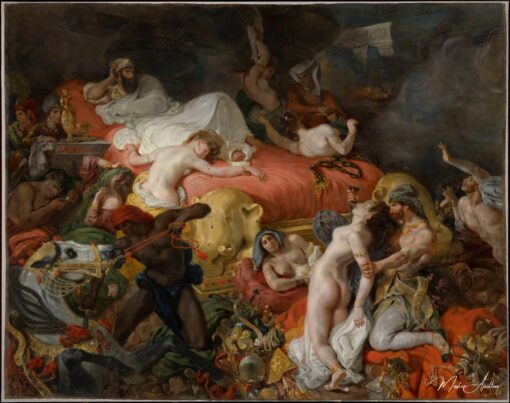

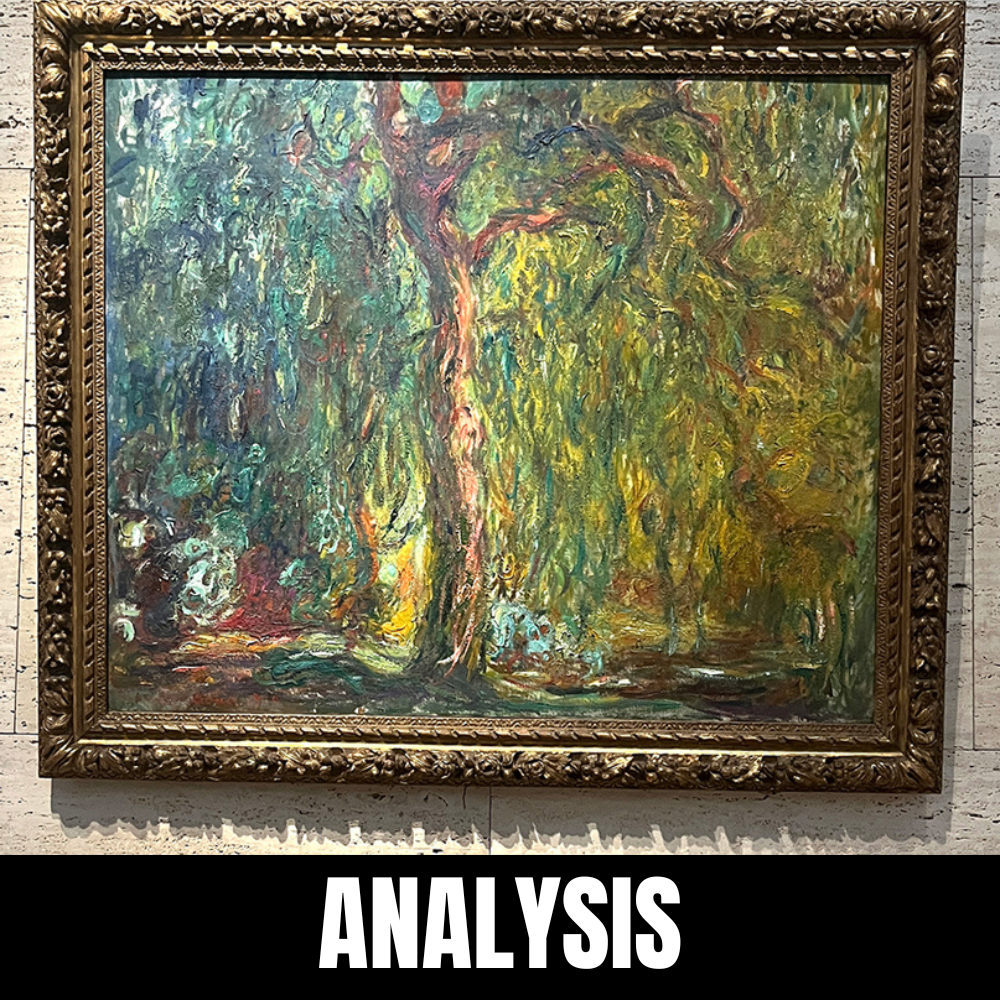
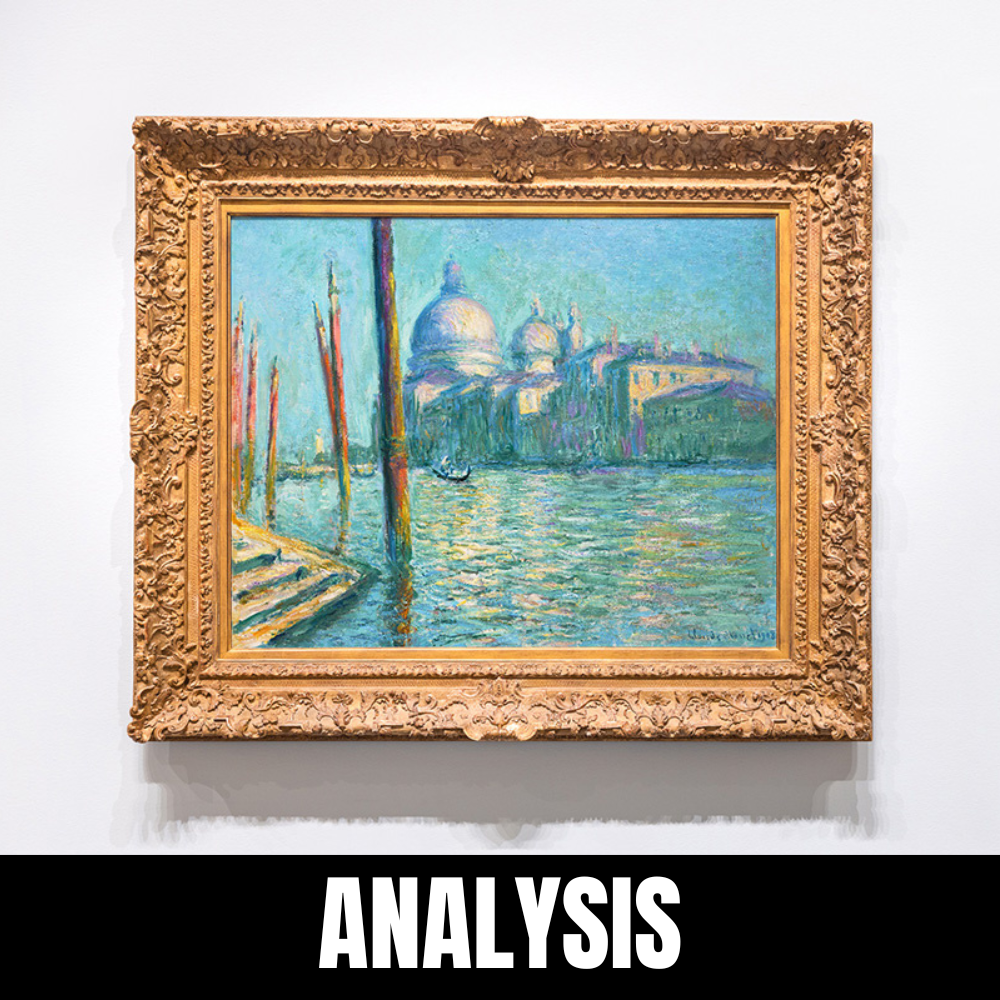
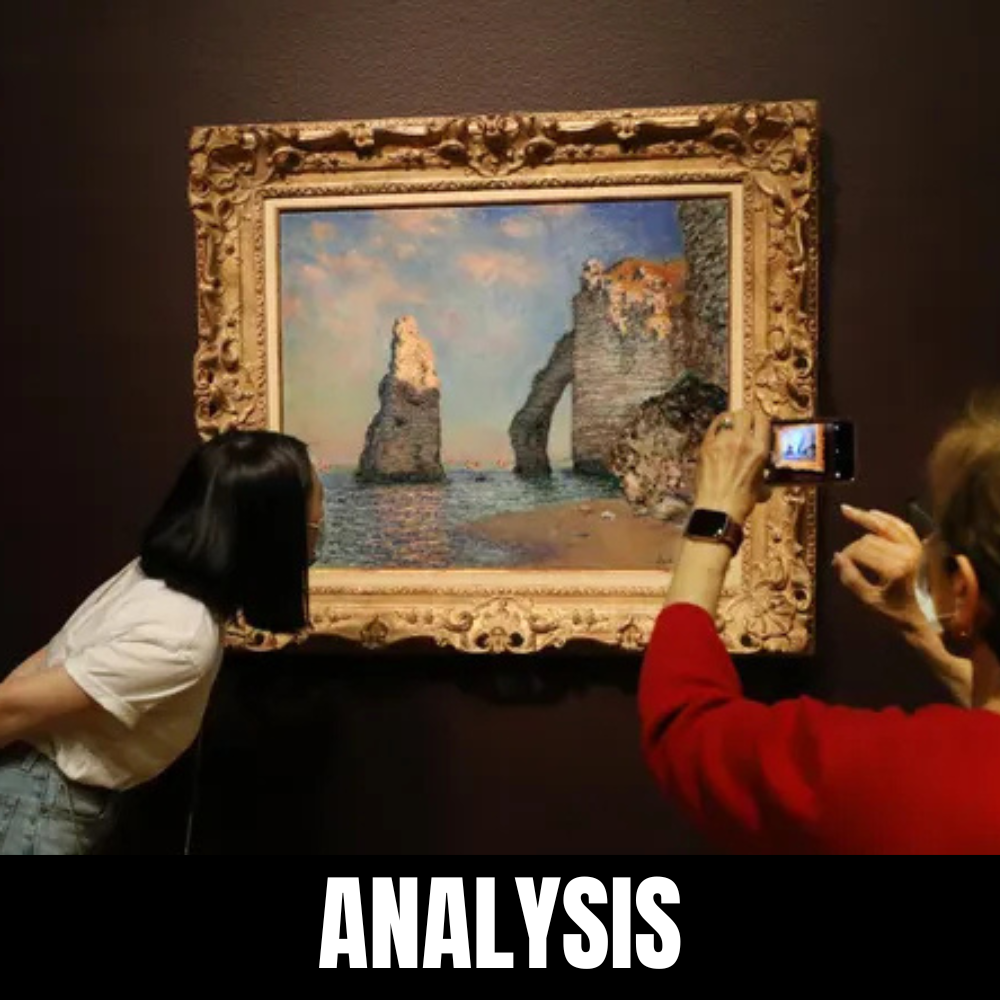
Leave a Reply